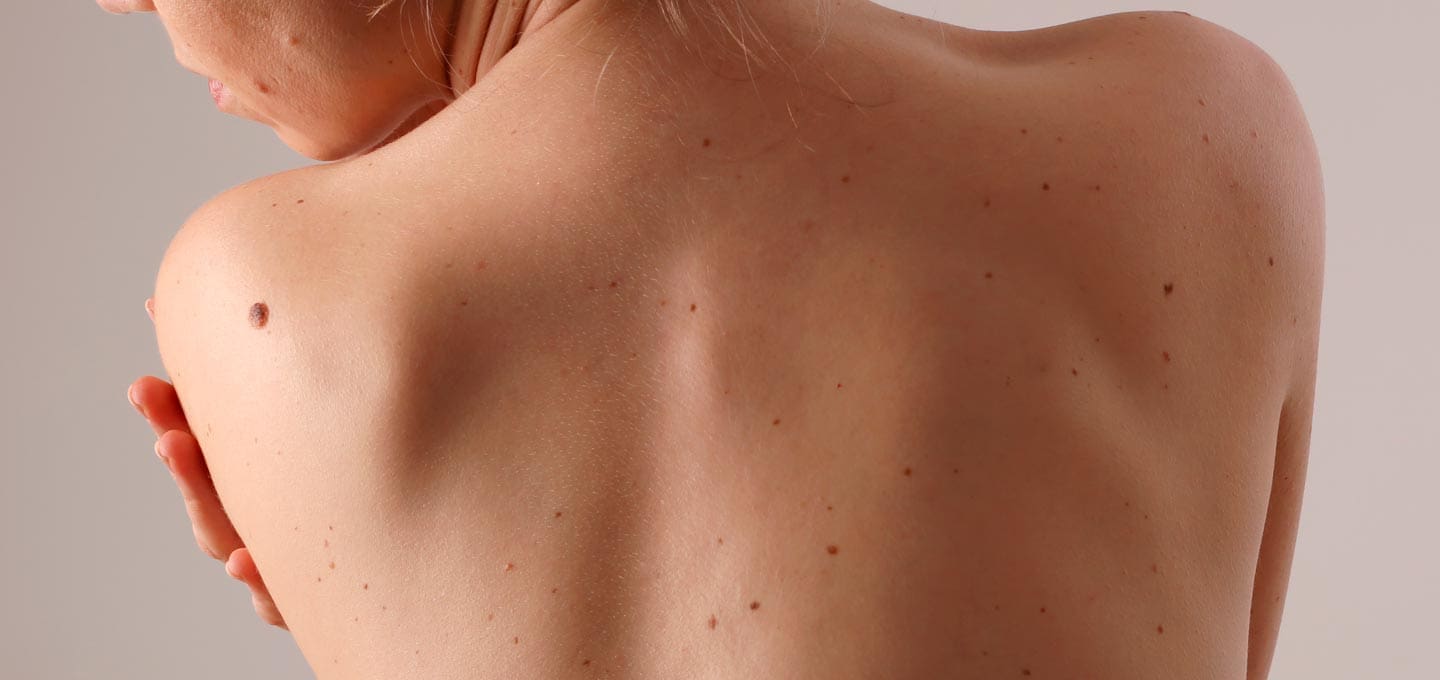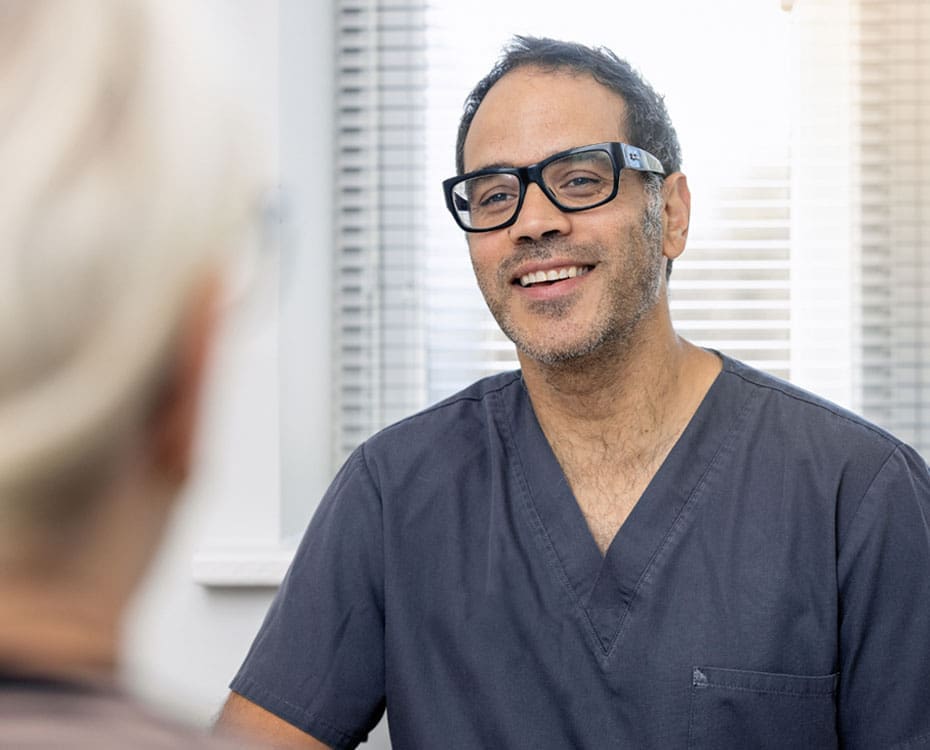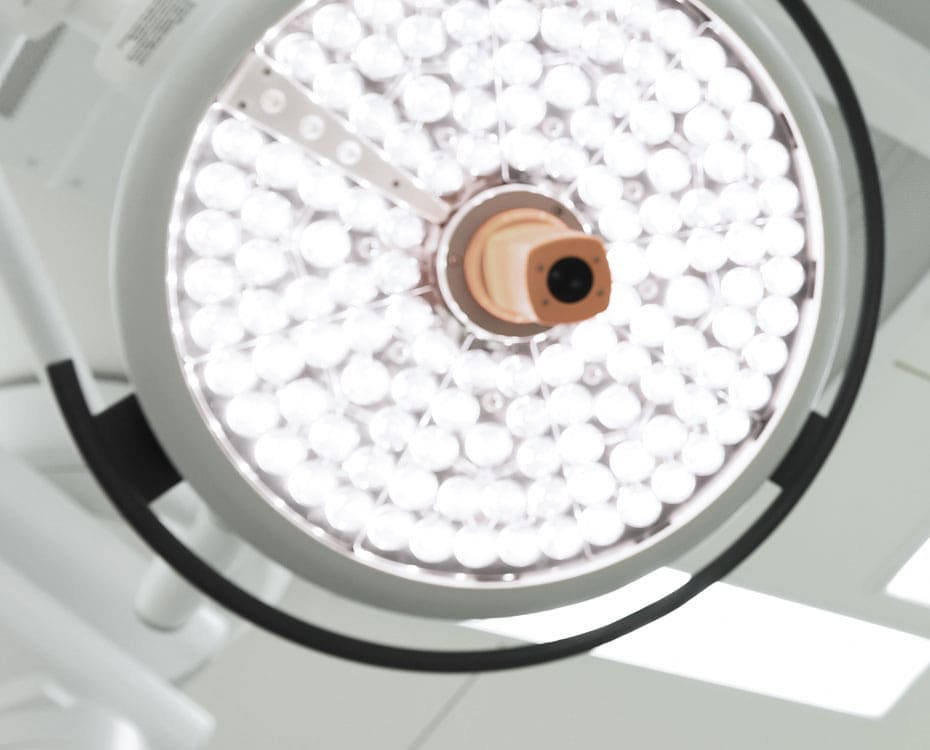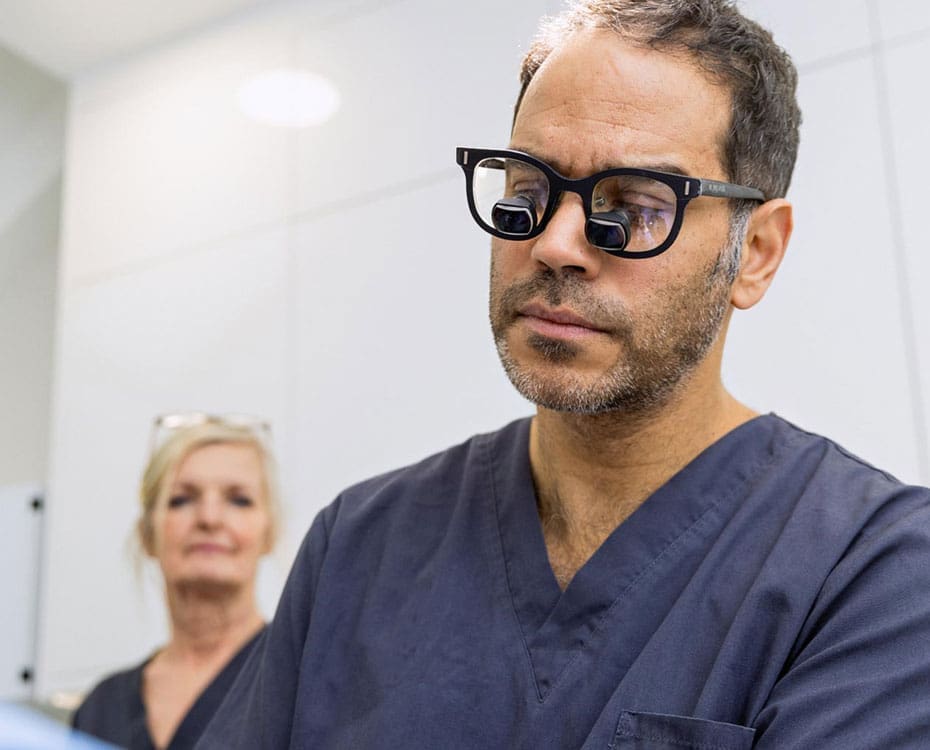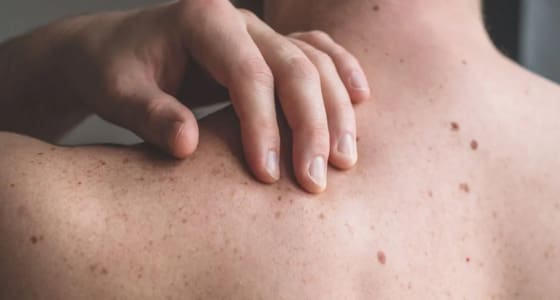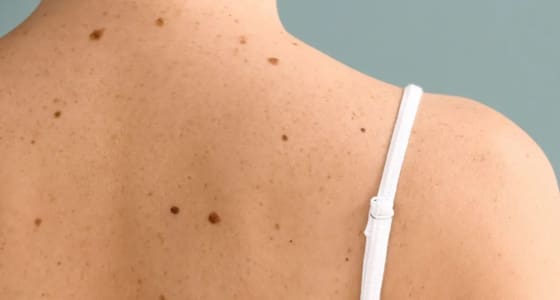Electrosurgery:
Electrosurgery, also known as ‘electrothermy’ or ‘electrocauterization’, involves the application of a high-frequency, alternating electric current through the skin using a diathermy machine to produce heat. The consultant utilises the diathermy machine to touch the skin lesion, causing the tissue to heat up and be destroyed. Patients may experience a slight burning or tingling sensation during the process.
Curettage:
Curettage is a widely utilised technique in dermatology due to its effectiveness and minimal risk. This procedure entails the removal of a skin lesion by scraping it away with a surgical instrument called a ‘curette’. Following the scraping, the area is cauterised using an electric needle to seal minor blood vessels and eliminate any remaining cells. Curettage is commonly employed for superficial moles that are only attached to the skin’s surface.
